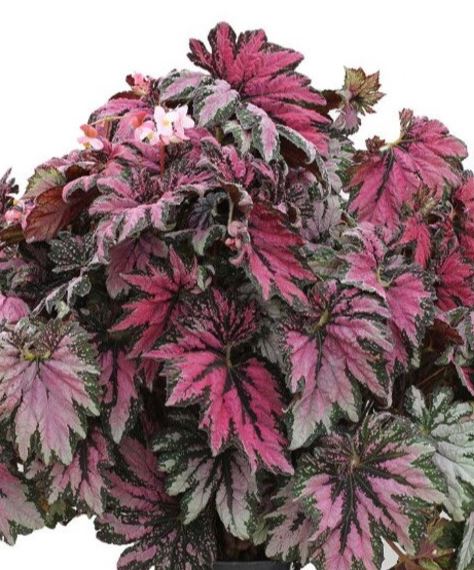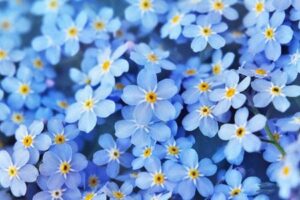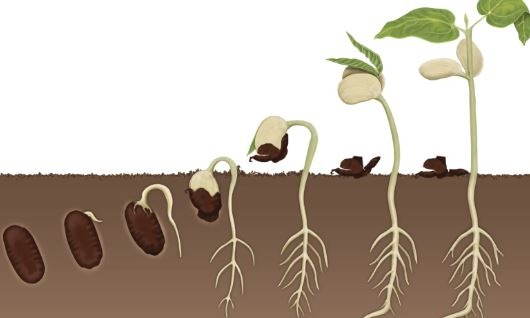Introduction:
Welcome to our blog post where we will delve into the captivating world of the Dancing Peacock Begonia. With its vibrant foliage and unique characteristics, this plant has become a favorite among garden enthusiasts and indoor plant lovers alike. Join us as we explore the mesmerizing features and care tips for this extraordinary botanical wonder.
1. Origin and Description:
The Dancing Peacock Begonia, scientifically known as Begonia pavonina, is native to the rainforests of Malaysia. It derives its name from the intricate patterns on its leaves, resembling the beautiful feathers of a dancing peacock. These leaves are renowned for their metallic blue-green hue, which glistens when exposed to light, giving them an ethereal appearance.
2. Unique Features:
One of the most fascinating aspects of the Dancing Peacock Begonia is its ability to change color based on the amount of light it receives. When exposed to bright light, the leaves transform into a striking silver-blue shade, reminiscent of moonlight reflecting on water. As the light decreases, the foliage gradually transitions to a deep emerald green, creating a captivating visual display.
Care Guide
To ensure the health and vitality of your Dancing Peacock Begonia, consider the following care tips:
a. Lighting: Provide bright, indirect light for the plant to maintain its vibrant colors. Avoid placing it in direct sunlight as it may scorch the leaves.
b. Temperature and Humidity: The Dancing Peacock Begonia thrives in warm and humid environments. Aim for a temperature range of 65-80°F (18-27°C) and maintain humidity levels around 50-60%. Placing a tray filled with water near the plant or using a humidifier can help create the ideal conditions.
c. Watering: Keep the soil consistently moist but not waterlogged. It’s important to strike a balance and avoid both underwatering and overwatering. The use of a well-draining potting mix is highly recommended.
d. Fertilization: Feed your Dancing Peacock Begonia with a balanced liquid fertilizer during the growing season, typically from spring to fall. Follow the manufacturer’s instructions for proper dosage.
e. Pruning: Regularly trim any leggy or damaged foliage to promote bushier growth. This will also help maintain the plant’s overall shape and aesthetic appeal.
4. Propagation:
The Dancing Peacock Begonia can be propagated through stem cuttings. Select a healthy stem and make a clean cut just below a node. Place the cutting in a moist potting mix and provide the appropriate conditions, such as warmth and humidity. With time and care, new roots will develop, signaling successful propagation.
Questions or Concerns
Where to Purchase
You can purchase this on our Esty shop
Proudly powered by WordPress





